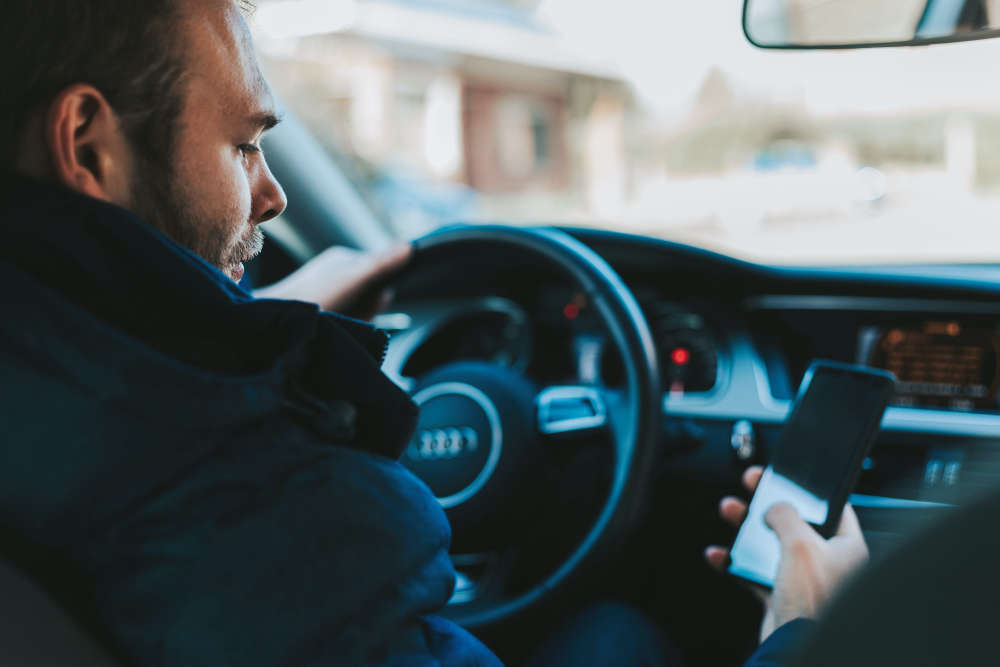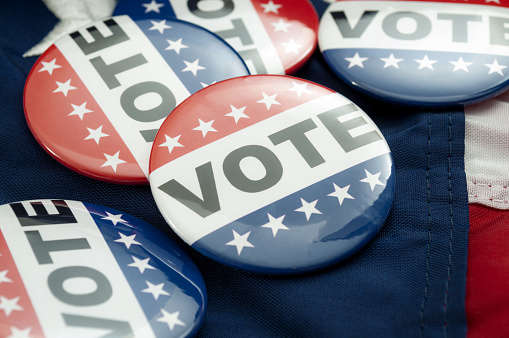
A new law in Michigan will make it illegal to hold and use a mobile electronic device while operating a motor vehicle.
(Press Release - michigan.gov) - A new distracted driving law takes effect June 30.
Governor Gretchen Whitmer has signed into law a bill making it illegal to hold and use a mobile electronic device while operating a motor vehicle in Michigan. With the bill signing, Michigan becomes the 26th state in the U.S. to establish hands-free driving laws.
How did we get here?
In early May, the Michigan House and Senate passed House Bills 4250, 4251, and 4252 to amend parts of the Michigan Vehicle Code in an effort to reduce distracted-driving crashes and fatalities.
Texting while driving is already illegal in Michigan, but that law was instituted years ago, when cell phones and their capabilities were much different. The new law now makes all cell phone usage illegal while driving.
What’s in the new law?
The bill amends Michigan law to make it illegal to “use a mobile electronic device to do any task, including, but not limited to” the following:
- Send or receive a telephone call.
- Send, receive, or read a text message.
- View, record, or transmit a video.
- Access, read, or post to a social networking site.
The law makes holding or using a cell phone while driving a primary offense -- meaning an officer could pull someone over and ticket them for this offense. The new legislation specifically states, however, that police would not be allowed to search a driver solely because of this violation.
The legislation defines holding a cell phone or electronic device as physically supporting it with “any part of the hands, arms or shoulders.”
Potential fines
Drivers caught violating the rules would face fines and/or be required to perform community service.
If a person is caught holding or using a cell phone, or mobile electronic device, while driving a regular motor vehicle, they would face the following fines:
- First violation: $100 fine or 16 hours of community service, or both.
- Second or subsequent violation: $250 fine or 24 hours of community service, or both.
- If 3 violations occur within a 3-year period: The driver would be ordered by the court to complete a drive-improvement course.
If a person driving a commercial vehicle or a school bus is caught holding or using a cell phone, they would face the following fines:
- First violation: $200 fine or 32 hours of community service, or both.
- Second or subsequent violation: $500 fine or 48 hours of community service, or both.
Under the legislation, if a crash were to occur and the at-fault driver was holding or using a cell phone while driving, any civil fines would be doubled.
Law exceptions
There are a few exceptions to the rules.
- Law enforcement, first responders, and other emergency workers would not be prohibited from using a cell phone while performing official duties.
- The same exception goes for anyone calling or texting 911 to report an emergency or seek help.
- Drivers will still be allowed to use their GPS, but only if it's hands-free. Phones could be used as navigation systems so long as it is in a hands-free fashion, such as mounting it to the dashboard or using voice commands to control it.
- Generally, using voice commands or hands-free modes to use mobile electronic devices is allowed.
____________________________________________________________________________
WHAT IS DISTRACTED DRIVING?
Driver inattention is the leading factor in most crashes and near-crashes, according to the National Highway Traffic Safety Administration and Virginia Tech Transportation Institute.
Driving is a visual task and non-driving activities that draw the driver's eyes away from the roadway should always be avoided.
As of July 1, 2010, Michigan law prohibits texting while driving. For a first offense, motorists are fined $100. Subsequent offenses cost $200.
There are three main types of distraction:
- Visual - taking your eyes off the road
- Manual - taking your hands off the wheel
- Cognitive - taking your mind off the drive
Texting is the most alarming distraction because it involves all three types of distraction.
Distracting activities include:
- Texting or messaging
- Checking social media
- Talking on the phone, even hands-free
- Watching videos
- Eating, drinking, or smoking
- Grooming
- Looking after children or pets
- Chatting with passengers
- Searching or reaching for an item
- Looking at crashes or roadside sights
- Checking a navigation system
- Reading anything, including maps
- Adjusting climate or music controls
- Listening to loud music
How not to be distracted:
- Use your phone's Do Not Disturb feature or an app to silence calls and texts.
- Put your phone in the glove box or elsewhere to curb the urge to look at it.
- Avoid eating, drinking, and smoking while driving.
- Never attempt to read while driving, including a map.
- Do not do any personal grooming or adjust your clothing while driving.
- Avoid a lot of interaction with passengers.
- Emotions can interfere with driving. Do not drive when you are angry or upset.
- Keep music at a reasonable level, and avoid using headphones or earbuds.
- Pull over to a safe location and park your vehicle if you need to make or take a call.
- Do not drive with a pet on your lap.
- Ask a passenger to help navigate, change the music, or monitor your texts.
- Pull over to a safe place to address situations involving children.
- Do not daydream when you are behind the wheel.

 4/18/25 - List of Easter Events for the Kids
4/18/25 - List of Easter Events for the Kids
 04/15/25 - Red Cross Going Door to Door This Month
04/15/25 - Red Cross Going Door to Door This Month
 11/06/24 - ELECTION 2024 - ELECTION RESULTS
11/06/24 - ELECTION 2024 - ELECTION RESULTS
 8/15/24 - Groundbreaking For New Children's Rehab Hospital
8/15/24 - Groundbreaking For New Children's Rehab Hospital


